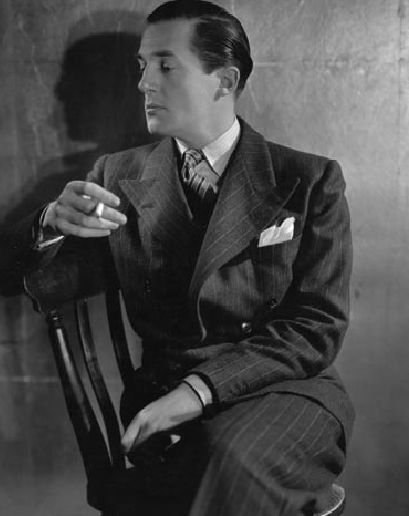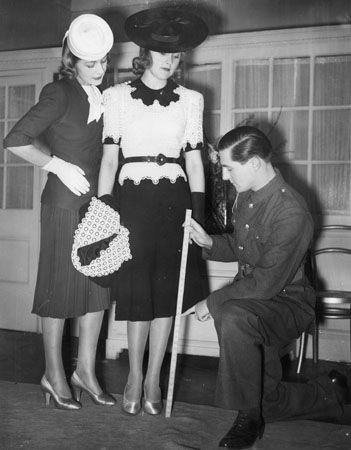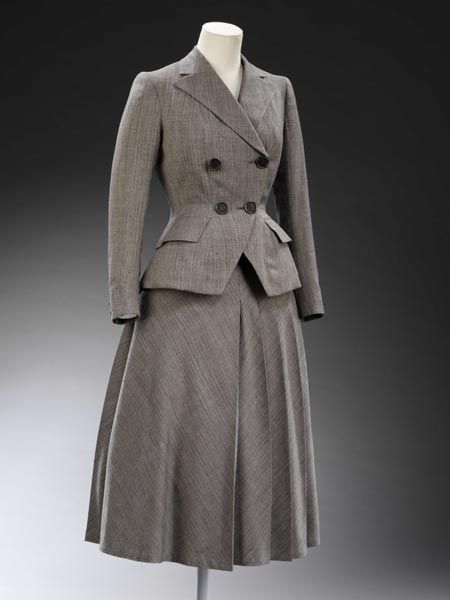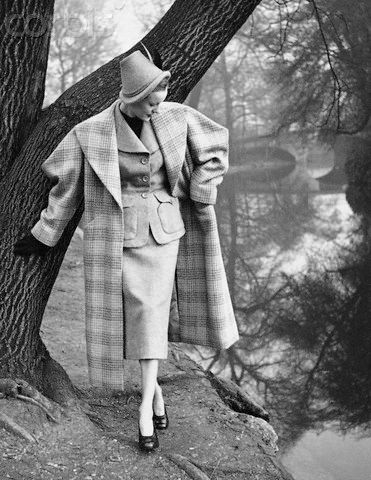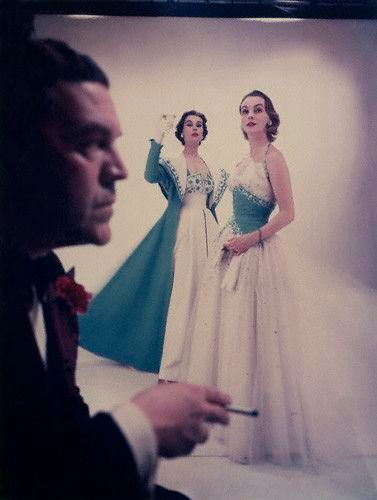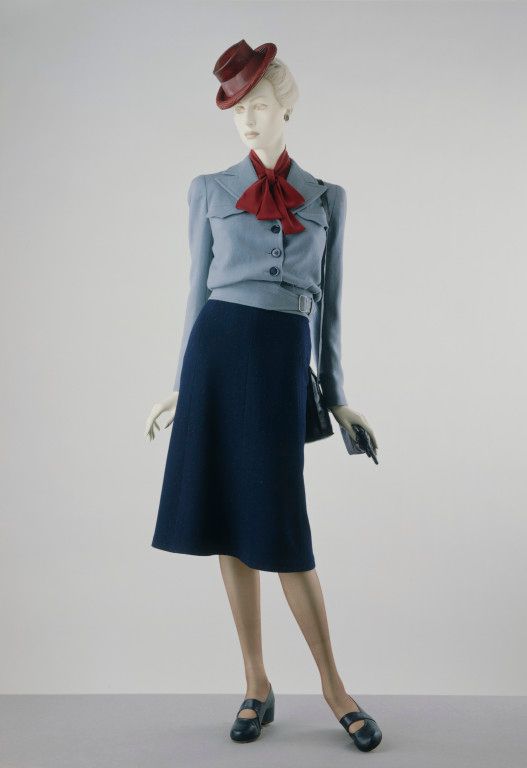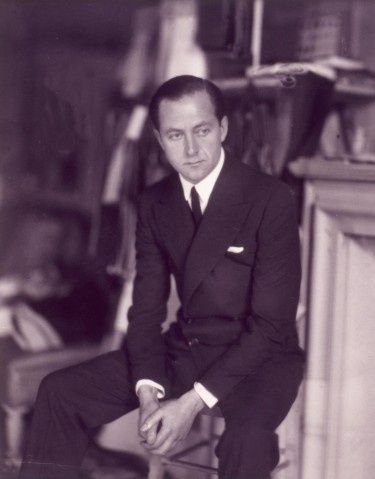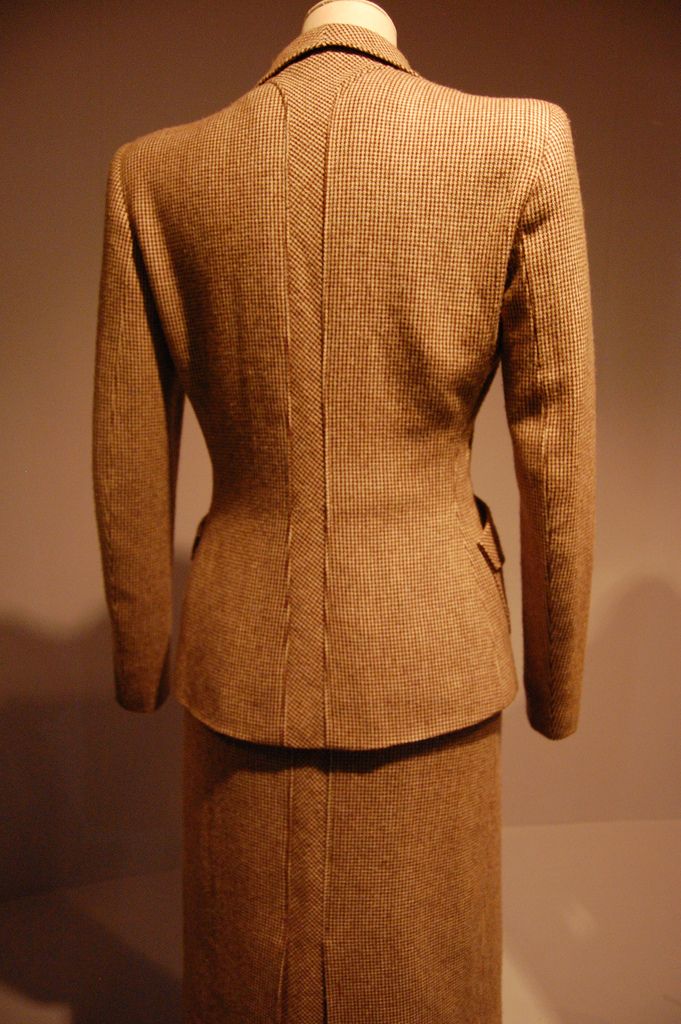herringbonekid
I'll Lock Up
- Messages
- 6,016
- Location
- East Sussex, England
...and of course, the holy grail for CC41 hunters, the elusive double 11:
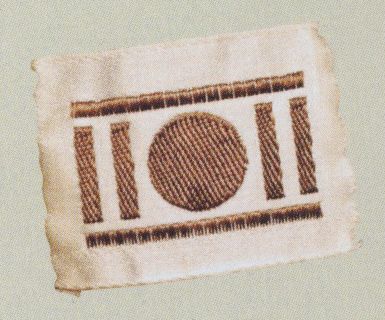
calm down, it's a scan from a book... i don't own it.
nothing is currently known about this label. nothing at all. it may in fact be a mistake, an urban myth or an elaborate prank.
but each one of us secretly yearns to open a jacket in a charity shop (preferably a charity shop as oppose to an over-priced vintage 'boutique') and see that ll 0 ll stitched neatly into the side seam of a moth-ball-smelling old tweed jacket we were only half-interested in.
for now, it remains like Charlie Bucket's golden ticket, just an unlikely dream.

calm down, it's a scan from a book... i don't own it.
nothing is currently known about this label. nothing at all. it may in fact be a mistake, an urban myth or an elaborate prank.
but each one of us secretly yearns to open a jacket in a charity shop (preferably a charity shop as oppose to an over-priced vintage 'boutique') and see that ll 0 ll stitched neatly into the side seam of a moth-ball-smelling old tweed jacket we were only half-interested in.
for now, it remains like Charlie Bucket's golden ticket, just an unlikely dream.
Last edited:



